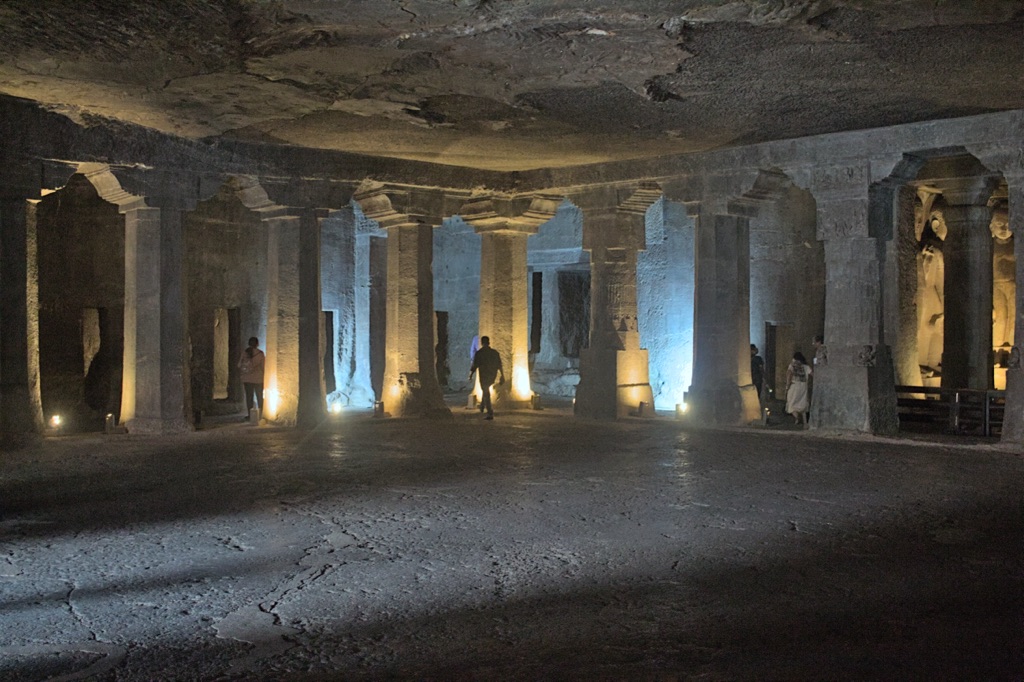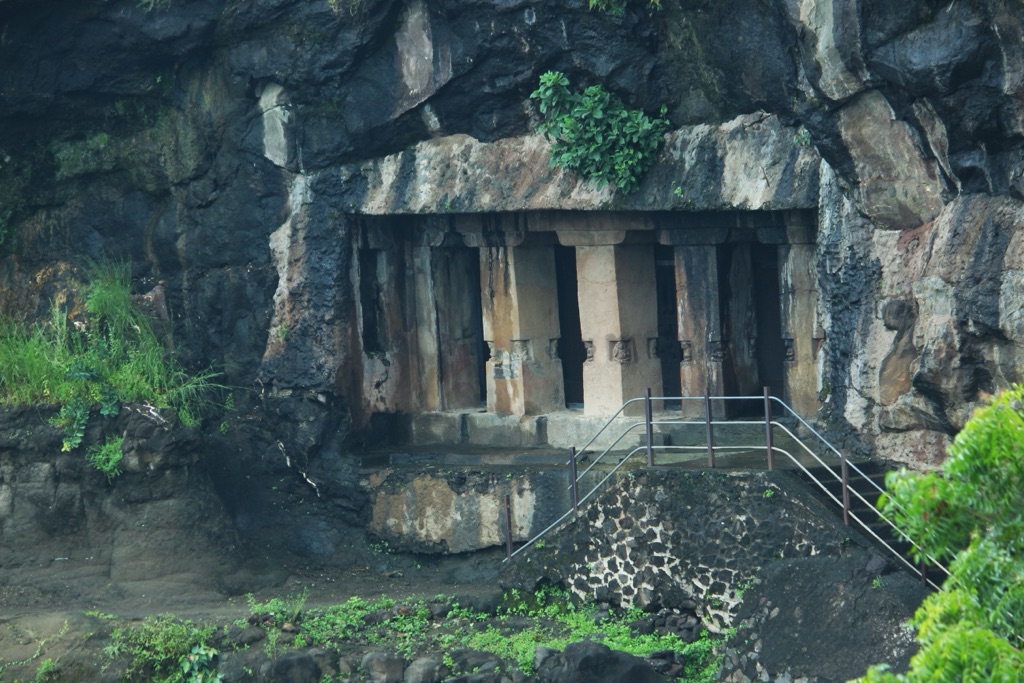The Aurangabad Caves are a group of 12 rock-cut Buddhist shrines located in Aurangabad, Maharashtra, India. They date back to the 6th and 7th centuries AD and are renowned for their stunning architecture and remarkable sculptures. These caves are divided into three separate groups and are known for their iconography and artistic merit, particularly Cave 2, which houses an exquisite sculpture of a Bodhisattva praying for deliverance. The caves offer a rich tapestry of ancient Indian history and religious art, reflecting the Buddhist traditions and the intermingling of Hindu and Jain influences over time.
Vakataka dynasty
The Vakataka dynasty, flourishing from the mid-3rd century AD to the 6th century AD, was a significant period in the history of ancient India, marking a golden era of cultural and architectural achievements. Originating from the Deccan Plateau, the Vakatakas are renowned for their pivotal role in the propagation of Hinduism and the sponsorship of Buddhist art, most notably seen in the Ajanta Caves, which were patronized by Vakataka rulers.
The dynasty was founded by Vindhyashakti, a figure shrouded in legend, around 250 AD. His lineage led to the establishment of a powerful empire that at its zenith, under the reign of Pravarasena I, extended from the southern edges of Malwa and Gujarat in the north to the Tungabhadra River in the south, showcasing the dynasty’s military prowess and strategic acumen. The Vakatakas are divided into two main branches: the Nandivardhana branch and the Vatsagulma branch, each ruled by different successors of Vindhyashakti.
Religion played a central role in Vakataka society, with Hinduism being the predominant faith. The Vakatakas were instrumental in the transition from Vedic religion to Hinduism, patronizing the construction of temples and the performance of Vedic sacrifices. However, their religious tolerance and patronage also extended to Buddhism, as evidenced by their support for the construction of the Ajanta Caves, which are adorned with exquisite paintings and sculptures depicting the life of the Buddha and various Jataka tales.
The social and daily life under the Vakataka rule was marked by a structured society, where the caste system played a significant role. Agriculture was the backbone of the economy, supported by advanced irrigation techniques. Trade, both domestic and international, flourished, with the Vakatakas establishing trade links with the Roman Empire. Education and the arts were highly valued, with Sanskrit literature and drama reaching new heights during this period.
Among the notable rulers of the dynasty, Prithvisena I, Rudrasena II, and Harishena stand out. Prithvisena I consolidated the empire after a period of instability. Rudrasena II’s reign was marked by his marriage to Prabhavatigupta, the daughter of the powerful Gupta emperor Chandragupta II, signifying a strategic alliance between the two dynasties. Harishena, perhaps the most celebrated of the Vakataka rulers, is credited with completing the construction of the Ajanta Caves and promoting a renaissance of art and culture.
The Vakataka dynasty’s decline began in the late 5th century AD, following a series of weak rulers and internal strife. The final blow came with the invasion by the Asmaka kings, leading to the disintegration of the Vakataka empire by the mid-6th century AD. Despite their decline, the legacy of the Vakatakas lived on through their monumental contributions to Indian art, architecture, and religion.
The Vakatakas were also involved in various military campaigns and alliances. Their strategic matrimonial alliances, especially with the powerful Gupta dynasty, were crucial in maintaining their power and expanding their territory. However, they also engaged in conflicts with neighboring kingdoms, such as the Pallavas, which ultimately contributed to their military and political decline.
In conclusion, the Vakataka dynasty was a beacon of cultural, religious, and political advancement in ancient India. Their patronage of the arts, promotion of Hinduism and Buddhism, and achievements in architecture and literature left an indelible mark on Indian civilization. Despite their eventual fall, the Vakatakas’ contributions to Indian history and culture continue to be celebrated and studied for their profound impact on the subcontinent’s development.

Ajanta caves
The Ajanta Caves are a breathtaking series of 30 rock-cut Buddhist cave monuments in Maharashtra, India. They are renowned for their magnificent paintings and sculptures, which are considered masterpieces of Buddhist religious art. Dating back to the 2nd century BCE, these caves were used as retreats by Buddhist monks during the monsoon season. The caves were abandoned and forgotten until their rediscovery by a British officer in 1819. Today, they stand as a testament to the rich cultural heritage of ancient India and are a UNESCO World Heritage Site.

